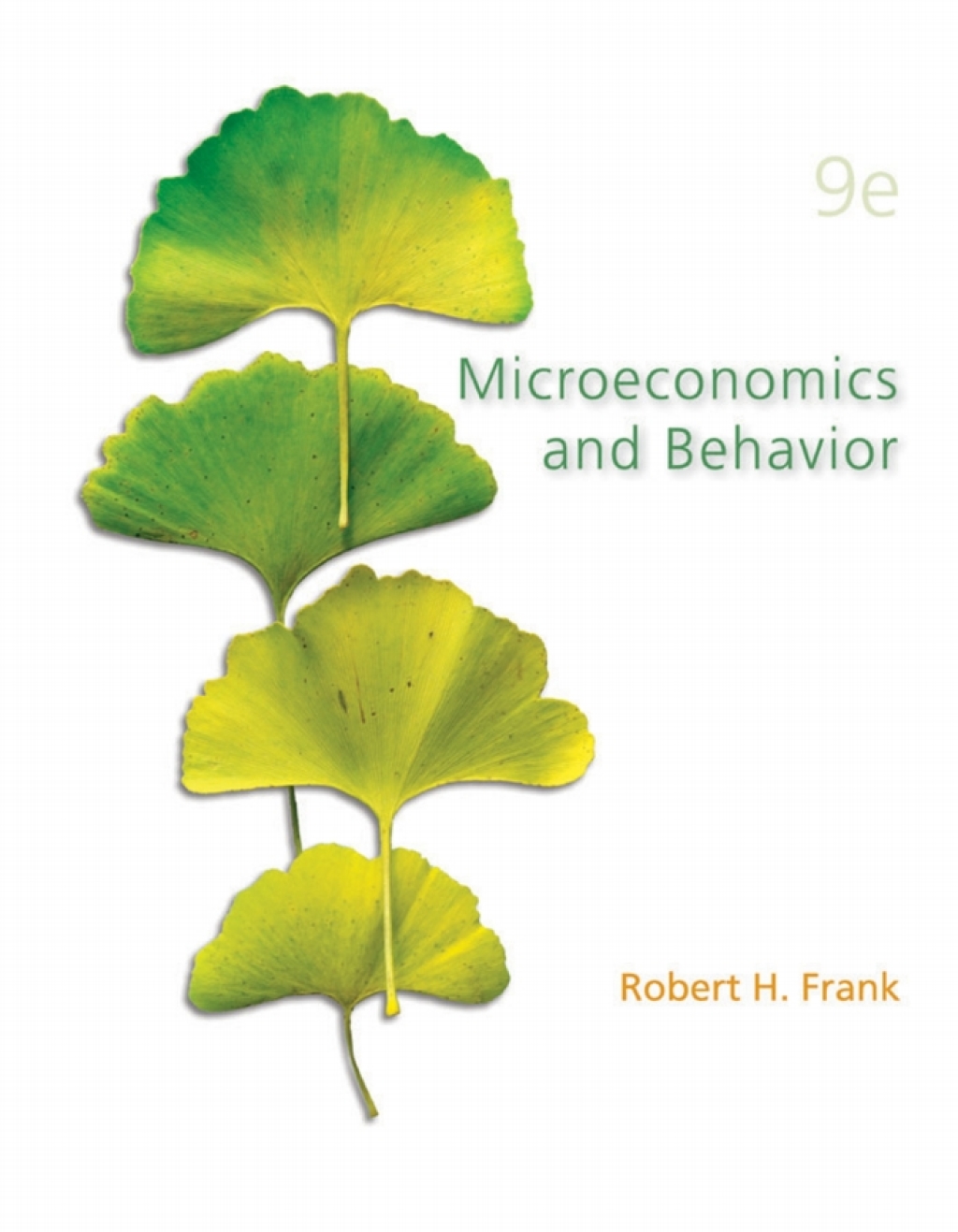Description
This book investigates the mathematical analysis of biological invasions. Unlike purely qualitative treatments of ecology, it draws on mathematical theory and methods, equipping the reader with sharp tools and rigorous methodology. Subjects include invasion dynamics, species interactions, population spread, long-distance dispersal, stochastic effects, risk analysis, and optimal responses to invaders. While based on the theory of dynamical systems, including partial differential equations and integrodifference equations, the book also draws on information theory, machine learning, Monte Carlo methods, optimal control, statistics, and stochastic processes. Applications to real biological invasions are included throughout. Ultimately, the book imparts a powerful principle: that by bringing ecology and mathematics together, researchers can uncover new understanding of, and effective response strategies to, biological invasions. It is suitable for graduate students and established researchers in mathematical ecology.



















